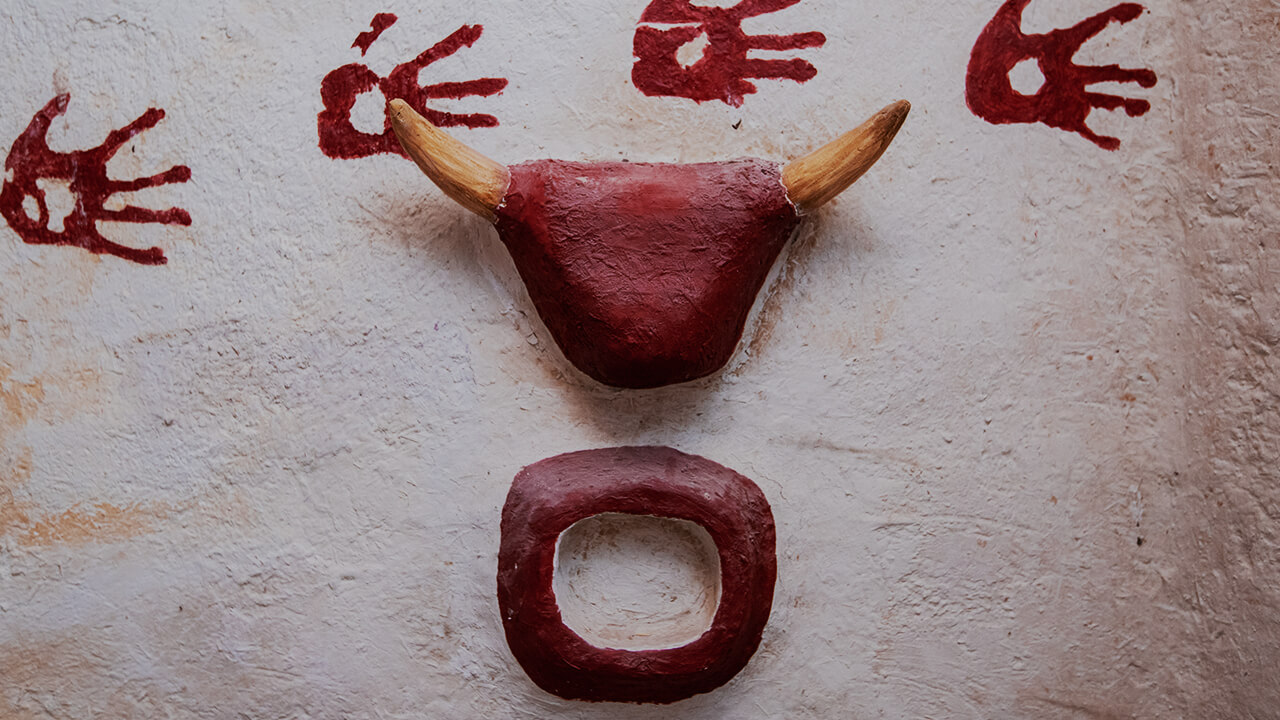
27.01.2023
5 Dakika

Türkiye is home to many sites dating back to the Neolithic Age, a crucial turning point in human history when hunter-gatherer communities settled down and began practicing agriculture. Indeed, these sites, where the foundations of civilization and present-day life were laid, are perhaps among the most intriguing findings of history and archaeology for people from all over the world. Çatalhöyük Neolithic Site, located within the borders of Konya province, is one of the oldest areas where people settled and has been discovered so far. Let’s get to know this city, which was added to the UNESCO World Heritage List in 2012, a little better.

Çatalhöyük Neolithic Site includes two mounds, the East Mound and the West Mound. The Eastern Mound contains 18 layers dating between 7400 and 6200 BC, overlapping each other over the course of 1200 years. As such, the mound provides a comprehensive view of how the lives of the people who settled down in the Neolithic Age changed over time. The West Mound, which is thought to have been formed after the abandonment of the East Mound around 6200 BC for unknown reasons, contains traces of a 1000-year settlement dating back to 5200 BC.
The houses built by the people who are thought to be living the first period of settled life in Çatalhöyük and the city plan that emerged with the coming together of these houses are also very interesting. The houses of Çatalhöyük, which have a unique architecture, are rectangular buildings with entrances through an opening in the roof and are built completely adjacent to each other as if they were back to back. The urban plan of our Neolithic ancestors suggests that equality and solidarity were at the forefront of the social life of the period. It can be seen that there was no hierarchical arrangement among these houses, which are thought to have no streets between them and to be reached by stairs on interconnected ceilings.

Çatalhöyük, where excavations have yielded important clues about the daily life, economic activities, beliefs and world views of Neolithic people, is the "settlement of the firsts", also, is home to the first architectural works as well as the first decorations and statuettes inside the houses. It is known that the people of Çatalhöyük buried their dead on the floor of their houses and built new houses on top of the old ones, forming the 18 layers in the Eastern Mound. Paintings, reliefs, arrangements in the houses, sculptures, clay seals are the artistic productions of the people of Çatalhöyük that have survived to the present day, whose function and symbolism may never be deciphered. The bucraniums, which are bull heads covered with plaster and placed inside the houses, are among the remarkable artistic works found at Çatalhöyük.
In the West Mound, where the remains are more advanced than they are in the East Mound, there are findings indicating some changes in the worldview of the Çatalhöyük people. The absence of drawings on the walls of the houses and below-ground graves indicates that the symbolic significance of the walls and floors of the houses declined. At the West Mound, there are traces of the specialization that developed over time and a shift from self-sufficient households to households that relied more on each other's expertise.
When you visit Çatalhöyük Neolithic Site, an important part of humanity's common heritage and a milestone on the road to the emergence of modern civilization, you can see the ruins of the East Mound and the South Shelter, which are covered by an enclosure. You can also experience the daily life of the people of Çatalhöyük in the Experimental House, a reproduction of a typical Çatalhöyük house. Çatalhöyük Neolithic Site tells a fascinating part of the story of humanity's journey from hunter-gatherers to today's gigantic metropolises. You can also see the groundbreaking artifacts unearthed at the site at the Anatolian Civilizations Museum in Ankara and the Konya Archaeological Museum.